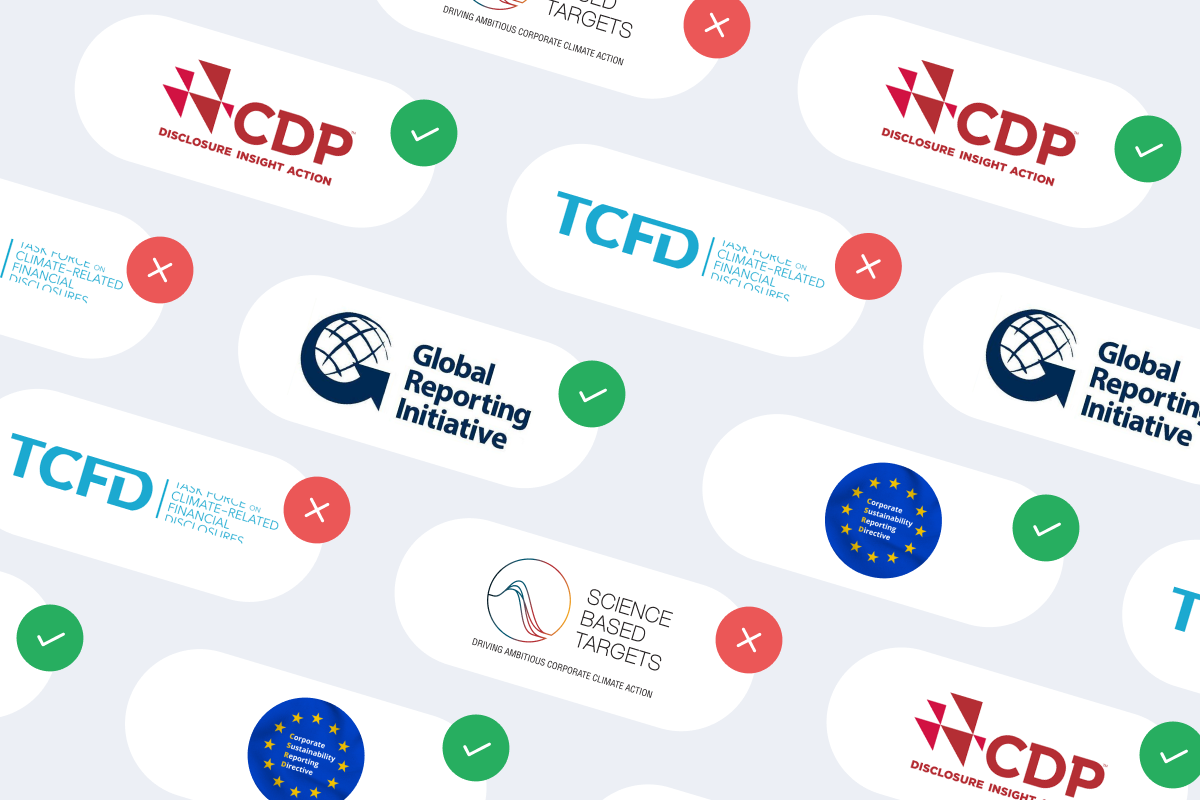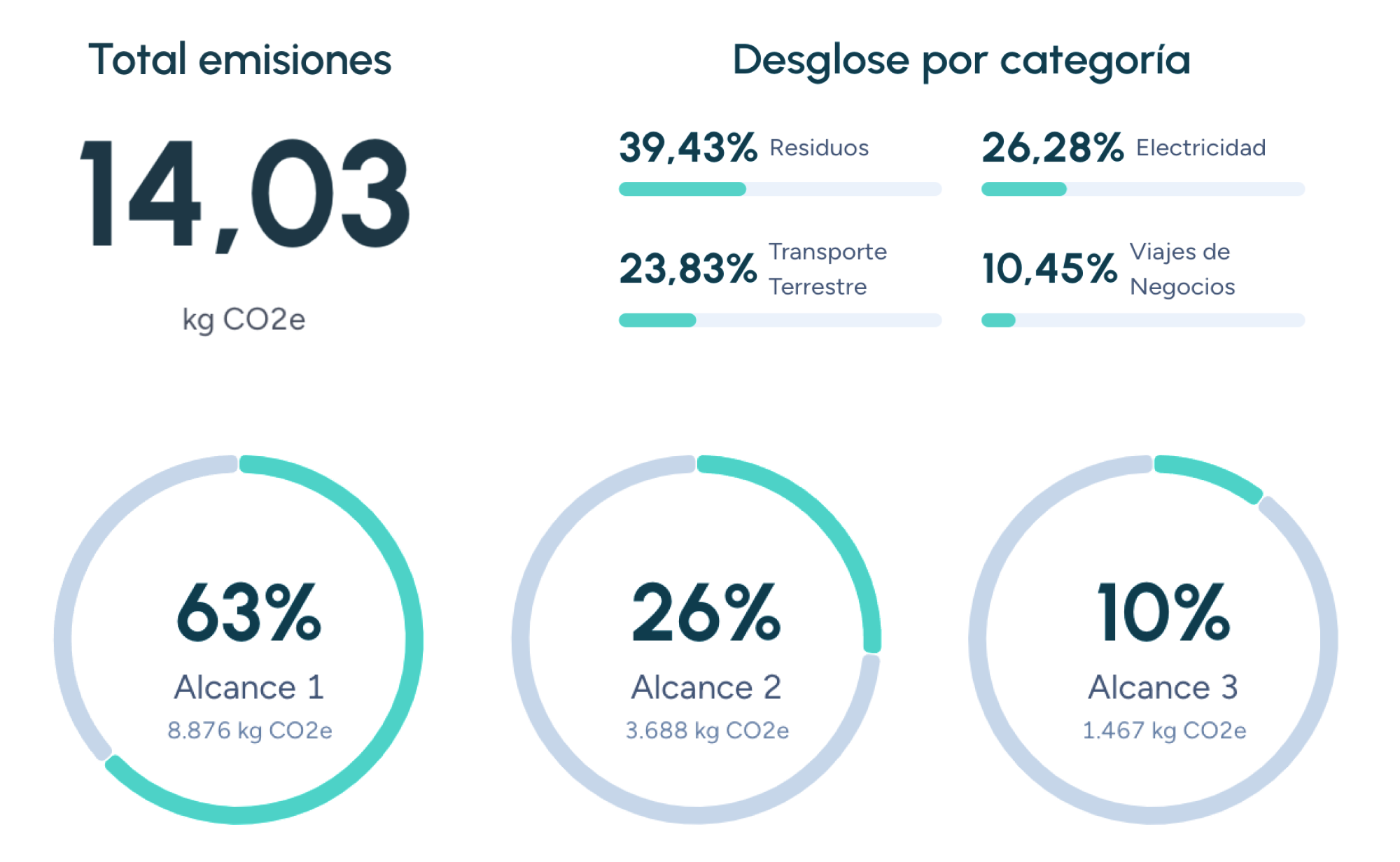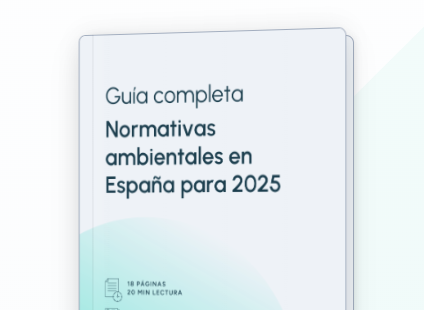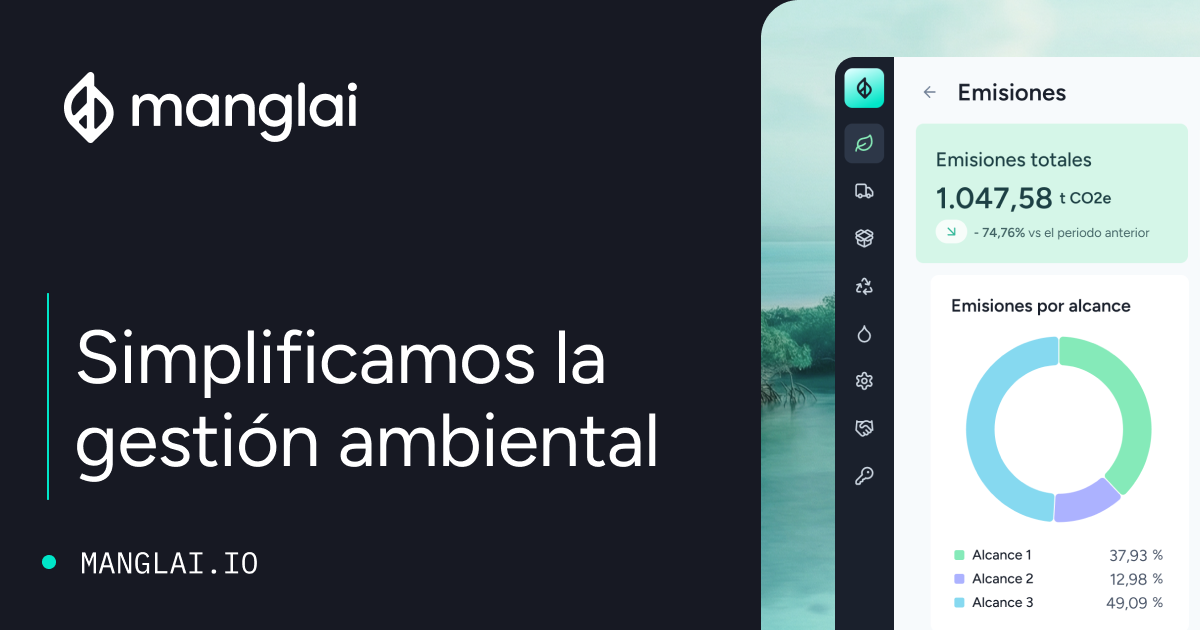B
Blue economy
The blue economy is a concept that has gained prominence in recent years due to its focus on the sustainable use of marine and coastal resources to foster economic development, environmental protection, and social well-being. This term encompasses not only economic activities related to oceans, seas, and coasts but also promotes marine ecosystem conservation and the reduction of the carbon footprint associated with these activities.
What is the blue economy?
The blue economy refers to the set of economic activities that directly or indirectly depend on oceans, seas, and coastal areas. This concept aims to balance economic growth with environmental sustainability and social equity.
According to the European Commission (2019), the blue economy includes sectors such as:
- Fishing and aquaculture
- Coastal tourism
- Marine renewable energy
- Maritime transport
The term was popularized by Gunter Pauli in his book The Blue Economy (2010), where he proposed an economic model inspired by natural ecosystems. This model seeks to maximize resource efficiency and minimize waste, promoting a circular economy in the marine sector.
The importance of the blue economy in combating climate change
Oceans play a crucial role in regulating the global climate, acting as carbon sinks that absorb approximately 25% of the CO₂ emissions generated by human activities (IPCC, 2019).
However, unsustainable activities such as:
- Overfishing
- Marine pollution
- Uncontrolled resource exploitation
…are damaging these ecosystems, reducing their capacity to mitigate climate change.
The blue economy promotes sustainable practices that protect marine ecosystems while also contributing to the reduction of greenhouse gas (GHG) emissions. For instance, the development of marine renewable energy sources, such as offshore wind and wave energy, can replace fossil fuels and significantly reduce the carbon footprint.
Key areas of the blue economy
The blue economy encompasses a wide range of sectors and activities. Below are some of the most relevant:
1. Marine renewable energy
Marine renewable energy sources, such as offshore wind, wave, and tidal energy, are essential for the transition to a sustainable energy model. These technologies harness the natural power of the ocean to generate carbon-free electricity, contributing to the decarbonization of the energy sector.
2. Sustainable fishing and aquaculture
Overfishing and unsustainable practices have led to the decline of many fish populations and the degradation of marine ecosystems. The blue economy promotes sustainable fishing and responsible aquaculture to ensure long-term marine resource conservation and food security.
3. Sustainable coastal tourism
Coastal tourism is a major source of income for many communities but can also cause environmental harm, such as:
- Pollution
- Habitat destruction
The blue economy encourages sustainable tourism models that respect marine ecosystems and benefit local communities.
4. Marine pollution reduction
Plastic waste, chemical spills, and other pollutants pose significant threats to marine life. The blue economy promotes initiatives such as:
- The use of biodegradable materials
- Beach cleanup programs
- Improved waste management
Benefits of the blue economy
Adopting a blue economy approach offers multiple environmental, economic, and social benefits:
- Protection of marine ecosystems: Sustainable practices help preserve biodiversity and maintain vital ecosystem services provided by oceans.
- Carbon emissions reduction: Activities like marine renewable energy and sustainable fishing contribute to climate change mitigation.
- Local economic growth: Sectors such as sustainable tourism and aquaculture create jobs and stimulate economic development in coastal communities.
- Technological innovation: The blue economy drives research and development of new technologies, such as marine resource monitoring and management systems.
How to measure and manage environmental impact in the blue economy with Manglai
To ensure that blue economy activities are sustainable, it is crucial to:
- Measure their environmental impact
- Evaluate their carbon footprint
- Identify areas for improvement
- Implement action plans to reduce emissions and protect marine ecosystems
Manglai’s tools help businesses:
- Calculate their real-time carbon emissions
- Analyze environmental data using AI
- Develop customized emission reduction plans
Additionally, these tools facilitate the generation of auditable reports and help companies comply with GHG Protocol certifications, ensuring transparency and regulatory compliance.
Companies that trust us

COP (Conference of the Parties)
The COP (Conference of the Parties) is the supreme decision-making body established under the United Nations Framework Convention on Climate Change (UNFCCC).
Carbon Footprint Label
A carbon footprint label is a seal or graphic declaration displayed on a product or service that discloses the total amount of greenhouse gases (GHG) emitted throughout its life cycle.
Carpooling
Carpooling is a practice where several people who make similar trips share a single vehicle.
Guiding businesses towards net-zero emissions through AI-driven solutions.
© 2025 Manglai. All rights reserved
Política de Privacidad


